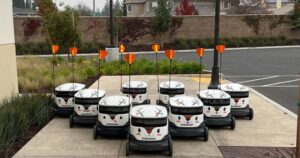
Asian Millennials will dominate the market and demand a seamless omnichannel experience
Asian millennials are expected to rule the FMCG sector and become a massive opportunity for retailers, according to Accenture, a professional services firm. But to attract and retain Millenials from Asian countries, brands will have to offer an automated, integrated online shopping experience. The disposable income of millennials is estimated to be US$6 trillion by 2020 and constitutes 45% of the population in Asia. About 40% of millennials have shopped online and spent about 2.8 hours per day using phones. In China and Japan, 60% of them were comfortable sharing personal information compared to 47% of overall consumers to gain personalised service. To read more, visit InsideRetail













